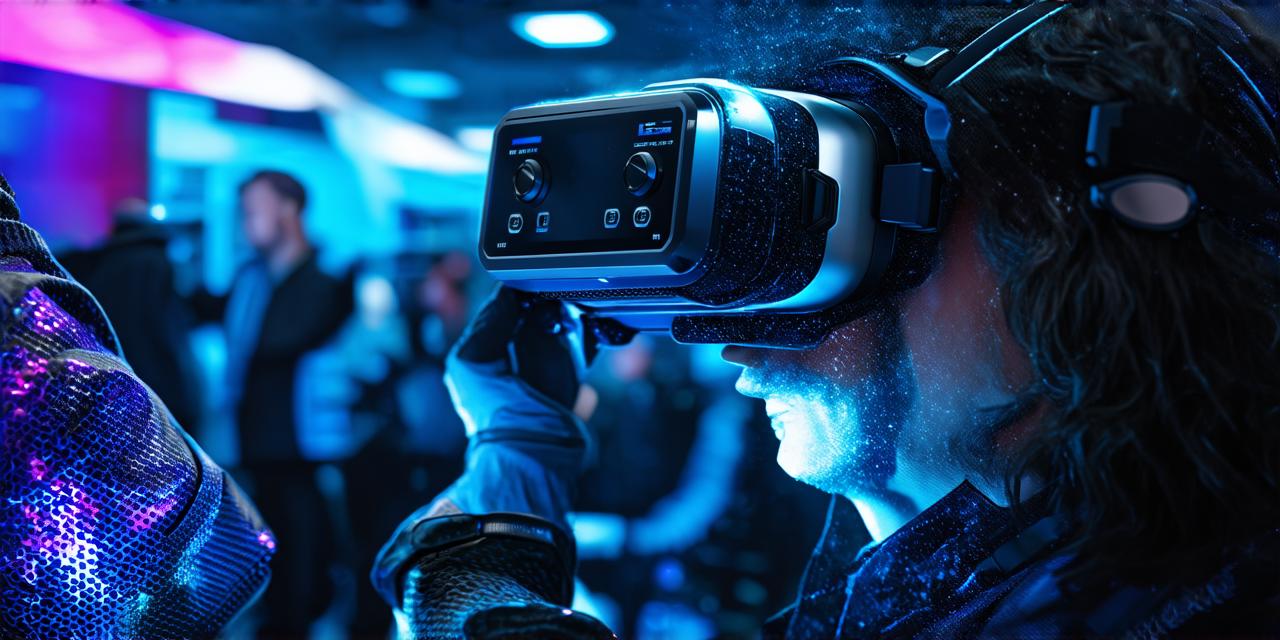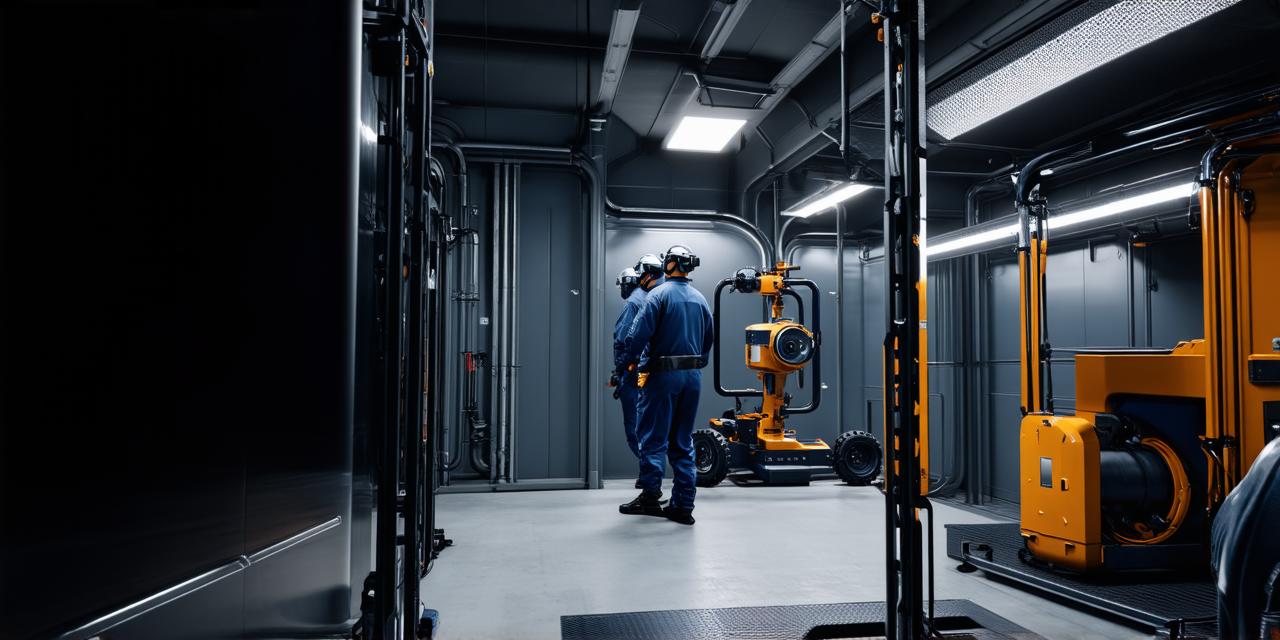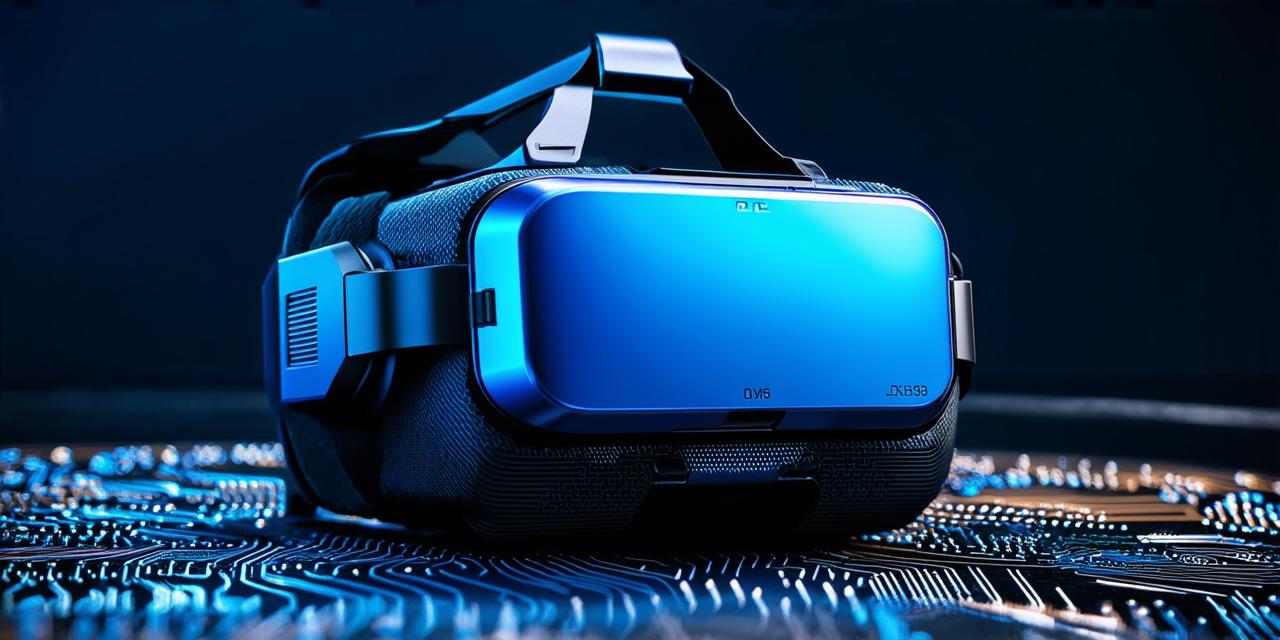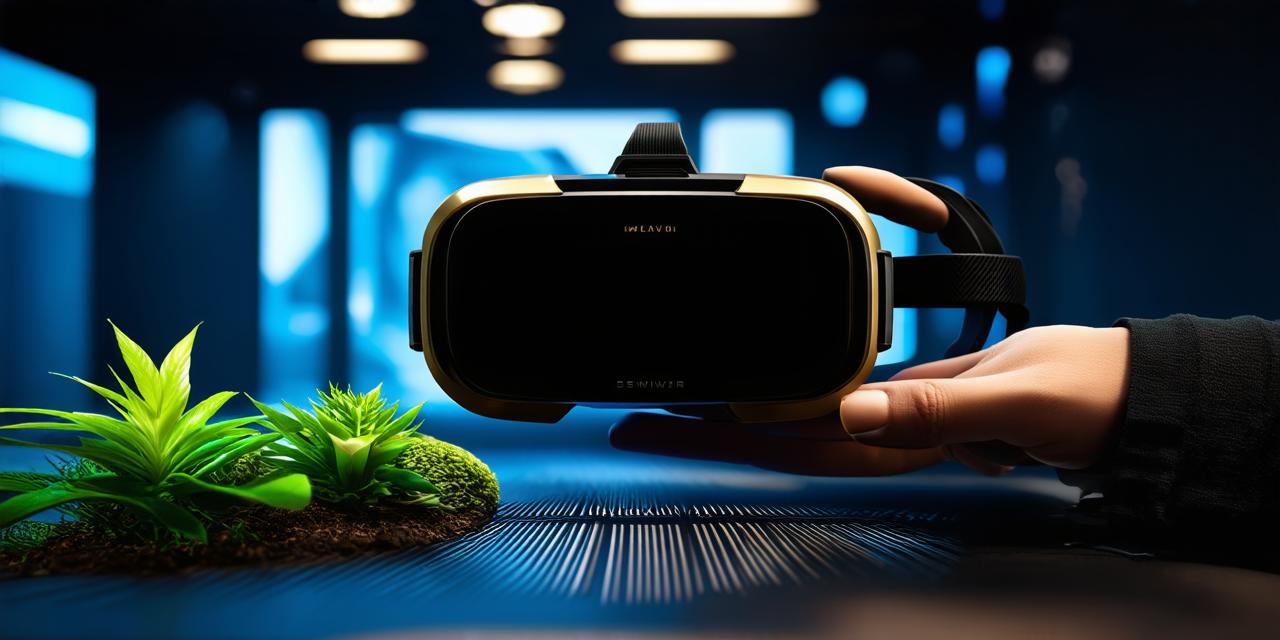Room-Scale VR
Room-scale VR is a type of VR that requires a large amount of space to move around in. Users typically have to physically move their body to interact with the virtual environment, making it ideal for training simulations or gaming experiences where real-life movements are necessary.
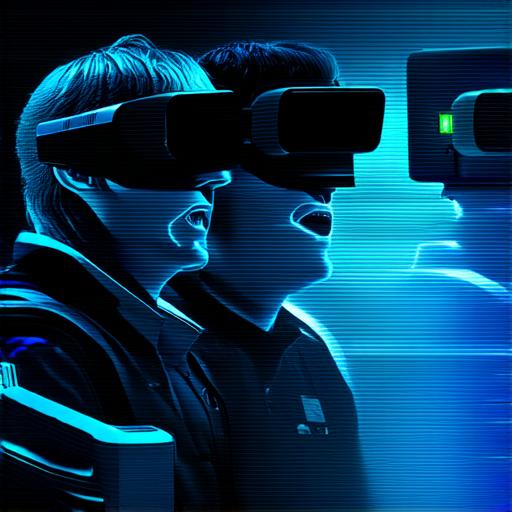
One of the main advantages of room-scale VR is its level of immersion. Users can truly feel as though they are a part of the virtual world, making it ideal for training simulations or gaming experiences that require real-life movements. For example, a military training program might use room-scale VR to simulate a battlefield environment, allowing soldiers to practice their skills in a safe and controlled setting.
However, room-scale VR also has some drawbacks. Firstly, it requires a large amount of space, which can be difficult to set up in smaller homes or apartments. This limitation makes room-scale VR less accessible for people who do not have enough space at home. Secondly, users need to physically move around to interact with the virtual environment, which can lead to discomfort or motion sickness if not done correctly.
Desktop VR
Desktop VR is a type of VR that is used on a computer. It typically requires a high-end computer with a powerful graphics card and a headset that tracks the user’s movements. Desktop VR systems can provide a very immersive experience, as they often have higher resolution graphics and more advanced tracking technology than room-scale VR systems.
One of the main advantages of desktop VR is its high level of immersion. Users can truly feel as though they are a part of the virtual world, making it ideal for gaming or creative applications that require a highly immersive experience. For example, a game developer might use desktop VR to create a more realistic and engaging gaming experience.
However, desktop VR also has some drawbacks. Firstly, it requires a high-end computer, which not everyone may have access to. Therefore, desktop VR is limited in terms of its availability to users. Secondly, users need to sit in one place while using the headset, which can lead to discomfort or motion sickness if not done correctly.
Mobile VR
Mobile VR is a type of VR that is used on a mobile device such as a smartphone or tablet. Mobile VR systems typically use sensors on the device to track the user’s movements and adjust the virtual environment accordingly.
One of the main advantages of mobile VR is its portability. Users can take their VR headset with them wherever they go, allowing them to experience virtual reality on-the-go. This portability makes mobile VR ideal for gaming or educational applications that require users to interact with the virtual environment while moving around.
However, mobile VR also has some drawbacks. Firstly, the technology is still relatively new, and there are limitations to what mobile devices can do in terms of graphics and processing power. Therefore, mobile VR experiences may not be as immersive or realistic as desktop VR experiences. Secondly, users need to hold their device steady while using the headset, which can lead to discomfort or motion sickness if not done correctly.
FAQs
1. What is virtual reality (VR)?
Virtual reality is a technology that allows users to experience a simulated environment as if it were real.
2. What are the three main types of VR?
The three main types of VR are room-scale, desktop, and mobile.
3. What are the strengths and weaknesses of room-scale VR?
Room-scale VR provides a high level of immersion but requires a large amount of space and can lead to discomfort or motion sickness if not done correctly.
4. What are the strengths and weaknesses of desktop VR?
Desktop VR provides a highly immersive experience, but it requires a high-end computer, which is limited in terms of availability to users. Additionally, users need to sit in one place while using the headset.
5. What are the strengths and weaknesses of mobile VR?
Mobile VR is portable and allows users to experience virtual reality on-the-go. However, it has limitations due to the technology’s newness and the device’s processing power. Additionally, users need to hold their device steady while using the headset, which can lead to discomfort or motion sickness if not done correctly.
Summary
Virtual reality technology is constantly evolving, and there are now three main types of VR that developers should be aware of: room-scale, desktop, and mobile. Each type of VR has its own strengths and weaknesses that need to be considered before designing a VR experience. Developers need to understand the physical limitations of their users and choose the appropriate type of VR that meets their needs. As the technology continues to advance, we can expect new types of VR experiences that will push the boundaries of what is possible in virtual reality.
